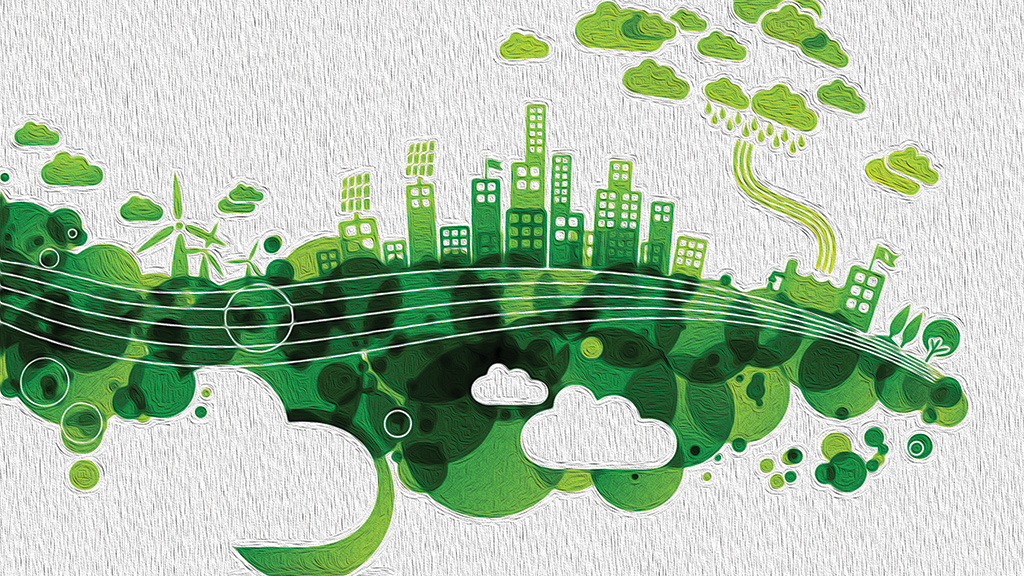
Text by Sajeet M. Rajbhandari As technological advancements sweep consumer markets, electric and hybrid vehicles are growing to become more and more economic and functional. An alarming rise in global pollution rates and the un-sustainability that comes with the use of fossil fuel has led many to believe that the future of transportation lies in going electric. At the end of a decade, consumers throughout the globe have more faith in electric vehicles than ever before. Massive success stories from companies such as Tesla, Inc. and Nissan have pushed for other manufacturers to rush towards making new vehicles or electric variants for their top-sellers. While manufacturers are still hesitant to leave behind the billion dollar economy that traditional automobiles hold, what used to be baby steps has now grown into larger strides towards a fully electric transport system.
While electric two wheelers have been around in Nepal for quite some time, the e-scooters that were available were mediocre at best and failed to receive serious market traction. However, with time and influence from international markets the spectrum of EV’s and Hybrids in Nepal has expanded a lot. Looking at sales numbers and governmental policies, it would be a safe bet to state that the EV market has shown exponential growth. While it had a slow start, Nepali consumers are gradually warming up towards the idea of electric mobility.
While Nepal is infamous for the 240% taxation policy on imported four wheelers, EV’s only face a 28% taxation rate making EV’s light on the wallet. Not only this, for now electric vehicles are exempted from regular road taxes as well. Furthermore, while prices for imported petrol and diesel keeps surging, the government is willing to bet on the country’s immense hydropower capabilities to run electric vehicles. With proposals for high capacity hydropower stations such as middle Marsyangdi underway, policymakers are looking to put Nepal’s hydroelectricity potential to good use. Moreover, policymakers have set Nationally Determined Contributions (2015) goals such as increasing the share of EV’s up to 20% of total vehicles by 2020, and decreasing national fossil fuel dependency by over 50% by 2050. The government is planning on achieving these goals not only through attractive taxation policies for privately owned EV’s but also through public transport. While it only takes up only 2.5% total vehicle fleet, it cover about 27.6% of travel mode share. As of now, the most popular electric public transport service are the Safa Tempos with over 600 vehicles working on 17 different routes catering to over 120,000 commuters daily. The government is also working alongside GGGI and Sajha Yatayat and currently has five electric buses from Chinese manufacturer BYD in operation.
On the other end of the spectrum, privately owned EV’s are achieving better sales figures each year. With Lithium ion battery prices falling from $1000 per kWh in 2010 to almost $200 per kWh at present (Bloomberg Energy Finance), maintaining your EV is becoming more cost effective. While still not ideal for use in terms of travel over long distances, EV’s are more than ideal for the congested streets of Kathmandu. With an area of 570 sq km and an approximate diameter of just 30 km, the average four wheeler in the capital travels a distance of 20-25 km each day. This has proven to make EV’s a major player when it comes to city use. This can be seen in the promising sales of low to mid range EV’s. Mahindra has managed to sell 400+ units of its quirky budget hatchback, the E20 in Nepal during the last year and Kia sold over a 100 units of their Soul SUV. Hyundai too introduced two EV’s in the Nepali market, the Kona and the Ioniq. While only 15 Ioniq sedans were shipped, Laxmi Hyundai sold all 40 of the Kona and the 40 to arrive during the next lot have already been booked as well. In fact, the Kona was launched in Nepal ahead of Australian markets. This has acted as a catalyst for brands to further explore the EV scene in Nepal. Peugeot just launched the Partner EV, a people carrier, on Nepali roads while Renault is working to launch its Zoe, an electric hatchback; a considerable number of manufacturers are exploring various segments that would fit EV’s.
While, EV’s aren’t anywhere close to eating up the fossil run vehicle market here in Nepal, it has surely increased its consumer share. Given the ever growing congestion in Nepali cities and the perpetually increasing fuel prices and shortages, electric vehicles are a likely change for the way most of us commute.


-1765706286.jpg)
-1765699753.jpg)

